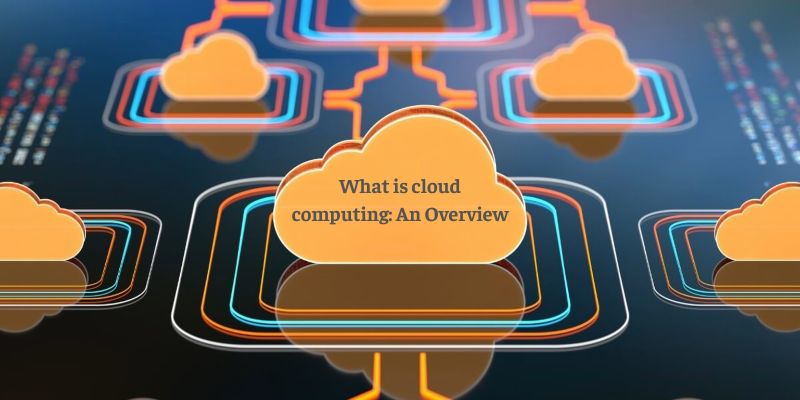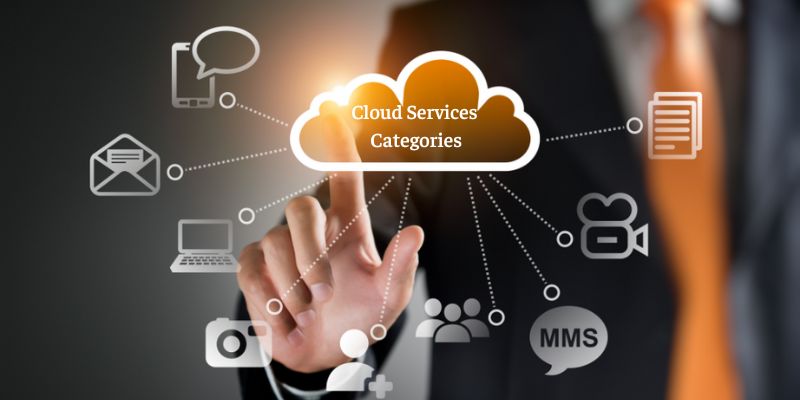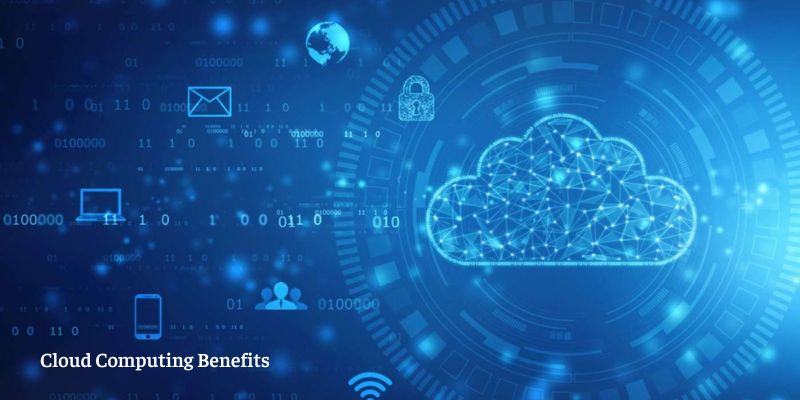Data storage, servers, databases, networking, and software are a few examples of the tools and programs that make up these resources. The data and the software needed to execute it are accessible to any electronic device that can access the internet and what is cloud computing. Cost savings, higher productivity, speed and efficiency, performance, and security are just a few of the benefits that make cloud computing a popular choice for both individuals and corporations. Read more topic on uley.info
Contents
What is cloud computing: An Overview

With the help of cloud computing, you can do all the data processing and crunching without having to sit down at a computer or other device. Additionally, all of that work is transferred to enormous computer clusters located far away in cyberspace. Your data, work, and applications are accessible from any connected device to the Internet, wherever in the world.
You can use public or private clouds for computing. Paid Internet access is required to use public cloud services. Contrarily, only a limited number of users can access private cloud services.
How does cloud computing work?
It can take time and money to fully understand the many cloud computing options. Businesses must support the cloud computing architecture by purchasing physical servers and other hardware through lengthy procurement procedures. The purchased systems need a physical location, usually a specialized room with enough power and cooling. Businesses need skilled staff to manage the systems after they have been configured and deployed.
It is challenging to scale this drawn-out procedure when demand increases or a company grows. Companies may buy more computing resources than they use, which results in low usage rates.
What is cloud computing: Cloud Services Categories

No matter the provider, consumers can take advantage of a number of features from cloud computing services, such as:
- Storing, backing up, and retrieving email data
- Building and evaluating apps
- Audio and video streaming analysis of data
- The instant delivery of software
Even while cloud computing is still a relatively new technology, it is now being used by many different industries, including large corporations, small businesses, nonprofits, governmental institutions, and even private individuals.
What is cloud computing: Models for Deployment
There are numerous kinds of clouds, and each one is distinctive from the others. On servers and storage connected to the Internet, public clouds offer their services. All of the hardware, software, and infrastructure for these are handled and controlled by independent companies. Customers use accounts that are open to almost everyone to access services.
One business or group, typically, is the only one who has access to private clouds. The cloud computing service may be housed at the business’s data center. A private network hosts many of the private cloud computing services.
Public and private services are combined to form hybrid clouds, as the term suggests. This kind of solution gives the consumer greater freedom and enhances their infrastructure and security.
What is cloud computing: Cloud Computing Benefits

Accessing files from several devices is merely a small part of cloud computing. Users may check their email on any computer thanks to cloud computing services, and they can even store files using programs like Dropbox and Google Drive. Users of cloud computing services can also back up their documents, images, and music, ensuring that they will always have access to them in the event of a hard drive accident.
It also has enormous possibilities for cost savings for large businesses. Companies had to spend a lot of money on infrastructure and information management system purchases, construction, and maintenance before the cloud was a practical alternative. Fast Internet connections can replace expensive server facilities and IT staff in businesses, allowing staff to work online with the cloud.
People can conserve storage on their desktops or laptops thanks to the cloud architecture. The ability for software providers to sell their wares online rather than through more conventional, tangible means like discs or flash drives allows customers to upgrade software more quickly as well. Customers of Adobe, for instance, can access its Creative Cloud’s applications by subscribing online.
What is cloud computing: The Cloud’s drawbacks
What is cloud computing: It is adaptable.
Because of the way cloud computing is structured, businesses and their users can access cloud services from any location with an internet connection and scale them up or down as necessary.
It is effective Businesses don’t have to worry about the underlying infrastructure while developing new applications and quickly putting them into production.
What is cloud computing: It’s safe
What are the security dangers of cloud computing, a common question from businesses? They are thought to be fairly modest.
What is cloud computing: It is economical
Enterprises only pay for the computing resources they really utilize, regardless of the cloud computing service model employed. To accommodate unforeseen spikes in demand or business expansion, they don’t need to overbuild their data centers; instead, they can deploy their IT team to concentrate on more strategic projects.
Conclusion
On the idea of sharing on-demand computing resources, software, and data through the internet, cloud computing service models are established. Businesses and individuals pay a fee to use a virtual pool of shared resources, such as compute, storage, and networking services, that are housed on distant servers that are owned and maintained by service providers.


